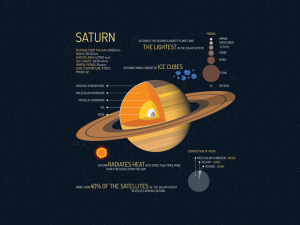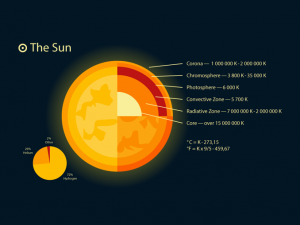Facts About Asteroids and Our Asteroid Belt

“Asteroids are odd-shaped rocks made of metal and other elements. There are at least 100,000 known asteroids and we’ve named thousands of them. Most of them are in the asteroid belt stuck between Mars and Jupiter.”
Before starting, let’s recap the differences between asteroids, meteors, and comets:
ASTEROIDS VS COMETS – Asteroids formed closer to the sun because they don’t have ice. This differentiates them from comets which are just balls of frozen ice, water. and rocks.
ASTEROIDS VS METEORS – Asteroids are larger in size than meteors spanning more than one meter in diameter. In general, meteors have a diameter of one meter or less.
Now, we know how they’re different. Let’s dig a bit deeper with these rocky, and metal objects. Here are 3 facts about asteroids.
1. The asteroid belt is between Jupiter and Mars

When you have two large bodies like Jupiter and the sun in the solar system, you have two large opposing forces of gravity pulling on each other.
Think of the asteroids as being smack dab in the middle of a gravity tug-of-war. Neither side is winning so asteroids are stuck in between.
The asteroid belt is kilometers in size. If you were to take all the asteroids and put them together, they would make up just 4% of the mass of the moon.
This means that there’s really not a lot of material in the asteroid belt orbiting the sun. The largest asteroid is Ceres which is considered a dwarf planet because of its size.
2. Asteroids didn’t mold into planets

The most common way of thinking is that asteroids are remnants of the early solar system. During the creation of our solar system, dust coalesced to form planets like Earth.
Asteroids were loose chunks of metal and rock. When they were large enough in size, gravity would start taking over. But the smaller ones never formed a planet.
In the early solar system, more and more debris would form baby planetesimals. Then, there were millions of planetesimals whizzing around the solar system. Some collided and grew larger. But asteroids and planetesimals were never allowed to become a planet because they never had the opportunity to do so.
3. About 30 asteroids strike Earth each year

Some asteroids that crash into Earth are larger than others. We know that about 30 asteroids hit the Earth per year because NASA tracks them with their bolide events map.
We monitor asteroids because they swing into Earth’s orbit causing changes on Earth. There is evidence of large asteroid collision events in Earth’s history such as in the Cenozoic Era.
For example, there is evidence that an asteroid or comet crashed east of Mexico. This impact was first revealed from the Chicxulub crater which ultimately triggered the extinction of the dinosaurs 65 million years ago. Also, in Siberia, the Tunguska event is the largest recorded impact in history. This impact was either caused by an asteroid or a comet.
Size comparison between asteroids and our moon
Here is a relative size comparison between some of the well-known asteroids in our solar system compared to the moon.

1. Dwarf planet Ceres
2. Pallas
3. Juno
4. Vesta
5. Astraea
6. Hebe
7. Iris
8. Flora
9. Metis
10. Hygiea
Facts About Asteroids
The asteroid belt is a group of rocky objects in orbit around the Sun. The asteroids are thought to be remnants of planetesimals that failed to form a planet very early in the solar system’s formation.
Studying the asteroid belt offers clues into the early history of our solar system and the processes that shaped its formation.
Do you have any questions or comments? Please use the comment form below and let us know what’s on your mind.














